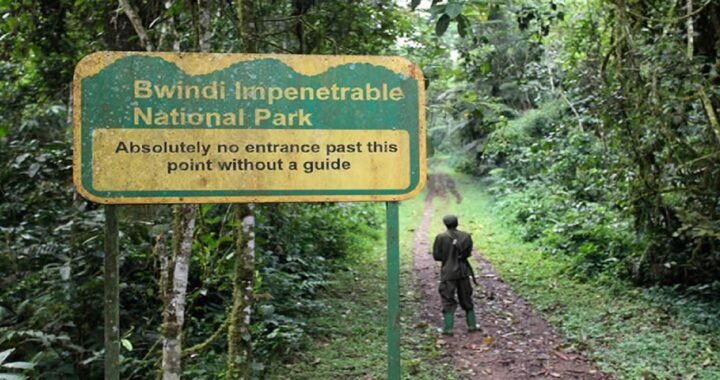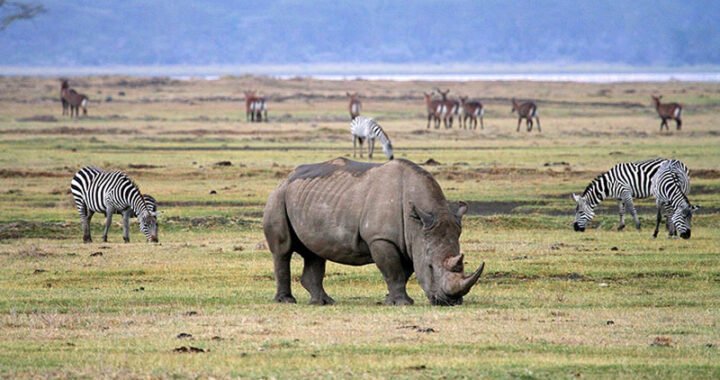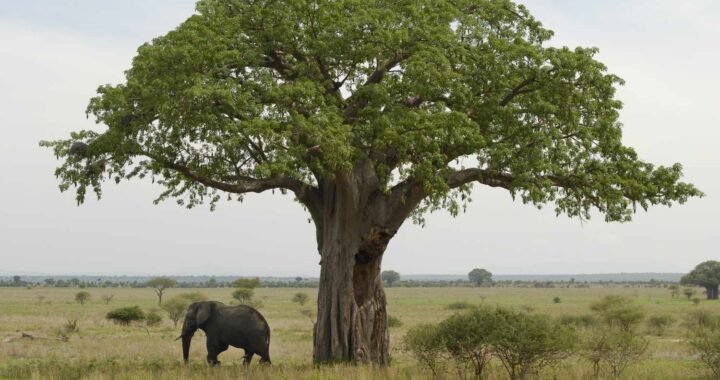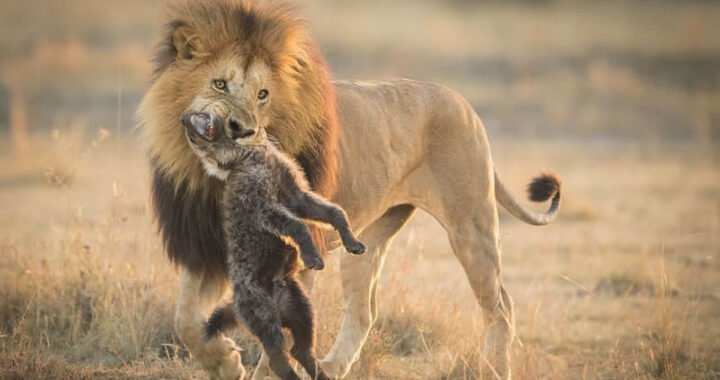Bwindi Impenetrable National Park is with no doubt the best destination in Africa for gorilla trekking, refreshing forest/nature walks/hikes and birding.
The park boasts of its lush tropical rainforest which offers visitors that remarkable feel of African wilderness.
Location of Bwindi
The enchanting Bwindi is located in the far Southwestern Uganda, on the rim of the rift valley and its hillsides are mist-covered featuring one of the world’s ancient and most biodiverse rainforests. The park’s impenetrable forest dates back to over 25000 years.
Bwindi Impenetrable National Park officially gazetted in 1991 and has the land area coverage of 331sq.km. Regardless of its compact size, the park holds significant habitats where diversity of species survive from. The park’s habitats comprise of bamboo, tropical rainforest, shrubs, and others.
In 1994, Bwindi National Park was officially recognized as a UNESCO World Heritage Site. This is due to its rich diversity comprising of floral and faunal species. The park is lying at an altitude of 1190 to 2607m.
Flora and fauna in Bwindi
Bwindi National Park houses diversity of floral and faunal species including 120 mammal species, 220 butterfly species, 27 amphibians, 14 reptiles species, 350 bird species, 104 species of ferns, and 1000 flowering species and more.
The different mammal species that survive within Bwindi include over 459 mountain gorillas, chimpanzees, olive baboons, l’hoest monkeys, black and white colobus monkeys, African elephants, buffaloes, spectacled galagos, pottos, blue monkeys, De Brazza monkeys, golden cats, yellow-backed duikers, clawless otters, rodents, side-stripped jackals, bush pigs, bats, giant forest hogs, Demidoff’s galagos, red-tailed monkeys, and others.
Birds in Bwindi
Bwindi Impenetrable National Park alone protects over 350 species of birds and these include a total of 23 Albertine rift endemic species. The birds that make Bwindi exceptional birding destination include handsome francolins, crowned hornbills, African harrier hawks, African green pigeon, cinnamon chested bee-eaters, giant kingfishers, chestnut throated apalis, yellow-eyed black flycatchers, red-throated alethe, fine-banded woodpeckers, Rwenzori nightjars, African wood owl, shelley’s greenbul, collared apalis, strip-breasted tit, archer’s robins, western green tinker bird, bar-tailed trogon, black bee-eaters,
Grey cuckoo shrikes, short tailed warblers, grauer’s rush warblers, African green broadbills, Chapin’s flycatchers, tit hylia, red faced woodland warblers, Shelley’s crimson wing, Doherty’s bush shrike, red-fronted antpecker, dusky crimson wings, brown capped weavers, regal sunbird, purple breasted sunbird, lagden’s bush shrike, blue-headed sunbirds, montane oriole and more.
Activities to do in and around Bwindi National Park
Bwindi Impenetrable National Park has plenty of things for you to enjoy both inside the park and in its surrounding. They include;
Gorilla trekking
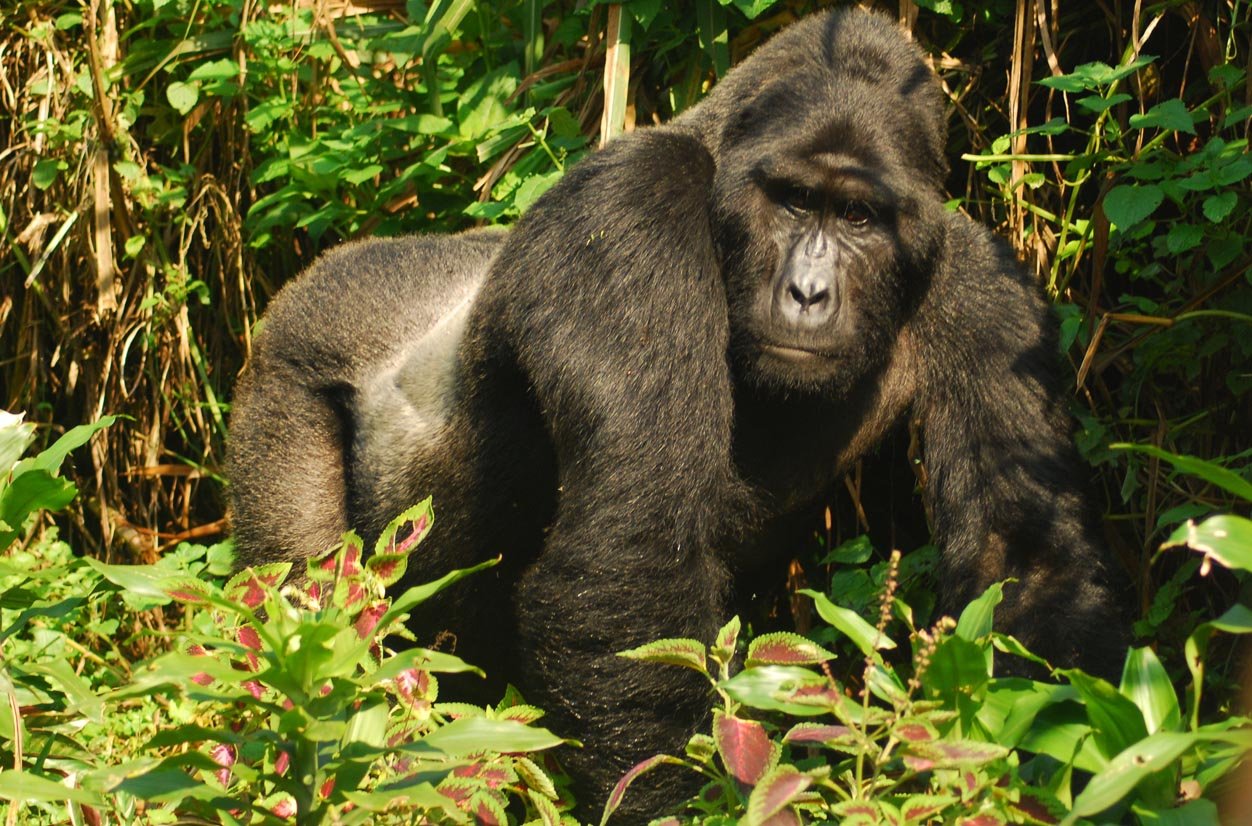
Gorilla trekking in Bwindi presents visitors a chance to look for a family of mountain gorillas on foot.
The gorilla treks in Bwindi are done by only persons above 15 years and the park official allocates visitors already habituated gorilla groups.
All gorilla treks in Bwindi begin from the 4 main gorilla sectors; Ruhija, Buhoma, Nkuringo and Rushaga region.
The gorilla groups in Buhoma region; Mubare, Habinyanja, Katwe, Muyambi and Rushegura. Nkuringo sector gorilla families include Bikingi, Nkuringo, Christmas, and in Ruhija sector has groups such as Mukiza, Oruzogo, Bitukura and Kyaguriro. While in Rushaga area features gorilla groups like Mucunguzi, Mishaya, Busingye, Kahungye, Nshongi, Rwigi, Kutu gorilla groups, Bweza, Bushaho, and others.
Engaging in a guided gorilla trekking adventure in Bwindi requires you have a valid gorilla permit. One gorilla permit in Uganda costs USD 800 per person and this can be booked through the a registered tour operator on ground.
Gorilla habituation experience
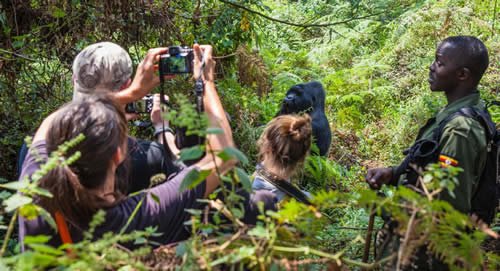
Gorilla habituation is the other alternative primate adventure that perfectly introduces you to the jungles of Bwindi to see mountain gorillas. During gorilla habituation, the focus is mainly for you to search for the semi habituated gorilla family.
The whole idea behind gorilla habituation is to make these apes get used to human presence. It is a step by step process which is done before gorillas are officially opened for actual gorilla trekking or gorilla tourism. A valid Bwindi gorilla habituation experience permits cost USD 1500 per person.
Birding
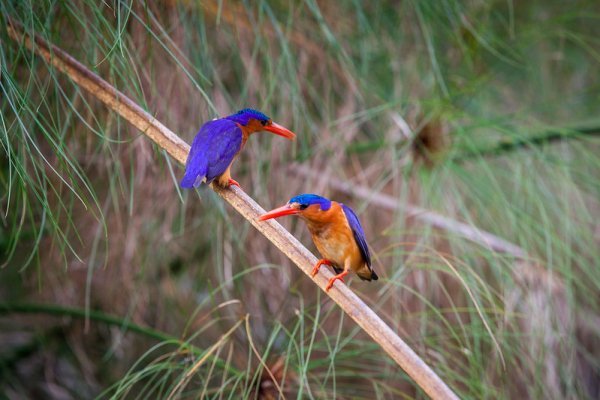
Bwindi National Park is one of the special birding destinations in Uganda, home to 350 species of birds and these include over 23 Albertine rift endemic species.
The park’s diverse birds to identify include giant kingfishers, cinnamon-chested bee-eaters, African green pigeon, handsome francolins, montane oriole, black billed turacos, Kivu ground thrush, Doherty’s bush shrikes, black bee-eaters, Rwenzori nightjars, and others.
Nature/forest walks
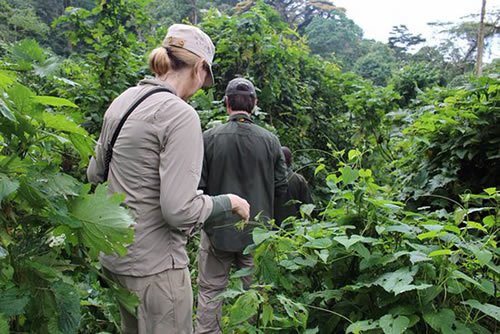
A guided forest or nature walk in Bwindi involves exploring some of the park’s finest forest or hiking trails.
On a guided hike/walk in these trails, expect to come across some of the unique species of animals, especially primates and not to leave out bird species. The different walking trails in Bwindi Impenetrable Forest Park include Muzubijiro loop, Rushura hill walk, Muyanga waterfall trail, Habinyanja trail, Ivy river walk, Buhoma-Nkuringo trail, Mubwindi swamp, Kashasha river trail and bamboo trail.
Cycling/mountain biking

Mountain biking or cycling is one of the best way to explore Bwindi.
Embark on cycling tour on the 13 km long trail which introduces you around the park’s forest and shores of River Ivy.
It is a 6-7 hours cycling excursion and expect to enjoy the breathtaking sceneries and also keep eyes on some of the birds/wildlife.
Cultural experience
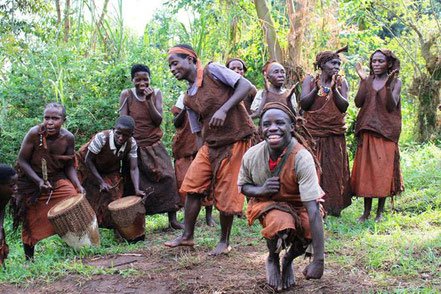
Beyond gorilla encounters, you can also embark on a guided cultural tour around the local communities adjacent to Bwindi National Park.
The park is surrounded by the Batwa and Bakiga communities, each with distinct traditions and cultures worth sharing with the rest of the world. While on community visit, you will also get great entertainment from locals.
When to visit Bwindi National Park in Uganda?
Bwindi National Park is situated in the tropical rainforest dominated area and records an annual rainfall amount of 2390mm. This is especially around the wet or rainy months include March, April, May, October, and November. These are also off-months of the year. Bwindi is best to visit during the dry season and this is from June, July, August to September and December, January till February.
Where to stay (Accommodation)
Accommodation options exist across the 4 sectors in Bwindi National Park. In Buhoma (Northern gorilla sector), the various safaris and camps to stay include Buhoma Lodge, Buhoma Haven Lodge, Silverback Lodge, Mahogany Springs Lodge, Sanctuary Gorilla Forest Lodge, and Buhoma Community Rest Camp.
Rushaga sector’s lodges include Chameleon Hill Lodge, Gorilla Leisure Lodge, Ichumbi Gorilla Lodge, Lake Mulehe Safari Lodge, and Rushaga Gorilla Camp. Nkuringo region and its accommodation options include Nkuringo Safari Lodge, Clouds Mountain Gorilla Lodge, Gorilla Heights and others.
How to get there
Bwindi is located a bit far from the heart of Kampala and Kigali city. From Kampala to Bwindi, it is 8-9 hours’ drive journey and from the heart of Kigali capital, your journey can cover between 4 and 5 hours. Starting from Kampala involves driving via Kabale route and in case you are setting off from Kigali, cross via Katuna or Cyanika border. There is also air transportation, the fastest way to get to Bwindi National Park and this is preferable means for guests with no intentions to spend more hours on the road.
